Captivating Ladakh: The Land of Monasteries.
- Ideal Duration : 7 days
- Best Time : All Year
Captivating Ladakh: The Land of Monasteries.
Ladakh is also known as Khapa-Chan which means snow land. Ladakh is the highest plateau in India with the most of it being over 3000 m (9800 ft). Leh Ladakh has an interesting mix of cultures and food as it’s on the border of China and its history is closely related to Tibet. Unarguably, one of the most beautiful places on Earth, Ladakh is most famous for breathtaking landscapes, the crystal clear skies, the highest mountain passes, thrilling adventure activities, Buddhist Monasteries and festival. The magnificent mountains and mesmerizing lakes will take your breath away.
Nestled at the majestic Himalayas foot in northern part of India, Ladakh is one of the country’s favorite tourist destinations. While many of the tourists visit this scenic region for its untouched natural beauty others visit here to trek the heavens and get a closer look to some of the best scenery that Ladakh has to offer. This beautiful region has a diverse topography: lush green valleys and glacial lakes, Rustic villages and astounding Gompas. It let you escape you busy life and it’s a perfect destination to rejuvenate yourself.
Along with the natural beauties, Ladakh offers rich cultural experience. The people, the culture and the environment all blend into harmony that gives you a rich experience. It is one of the most sought after tourist destination, the crown jewel of North India, largely unexplored and undiscovered, Ladakh is a magical experience for any tourist.
Attraction of Ladakh:
- The highest motorable passes.
- The tempting clear blue sky dotted with clouds.
- The famous frozen river trek (Chaddar trek ) in winters.
- The majestic snow capped mountains.
- Variety of adventure activities.
- The renowned cold desert landscape.
- The fantastic festivals, which demonstrate the rich and colorful culture of Ladakh.
Leh

Weather: Cold desert climate for most part of the year. Summers are warm.
Elevation: 3500m
Total Population: 30,870
Local Language: Ladakhi and Tibetan
When to visit Leh?
Considering the harsh winter season, the best time to visit Leh is from April to June. Days are warmer while nights serve as an adventurer’s delight with perfect blend of mountain breeze. Although there are some trek activities that are only available during winters, extreme snowfall blocks all roads. But you can surely take a plane and satisfy your adrenaline rush. You go traveler!
How to reach Leh?
Frequent flyers will be happy to know that Leh has its own airport.
There’s no rail route connectivity but you can hop on a bus or private transport and find your way to Leh. Along the road, you can enjoy the local marvels of the area.
What to eat?
The cuisine of Leh is slightly influenced by foreign delicacies from China, Tibet and Korea. You can try local dishes like Thukpa, Skyu and Ngamphe. Momos are also a typical delicacy of the areas with a blend of authentic local flavors. We especially recommend you try, Chang an alcoholic beverage associated with the area.
Places to visit in Leh.
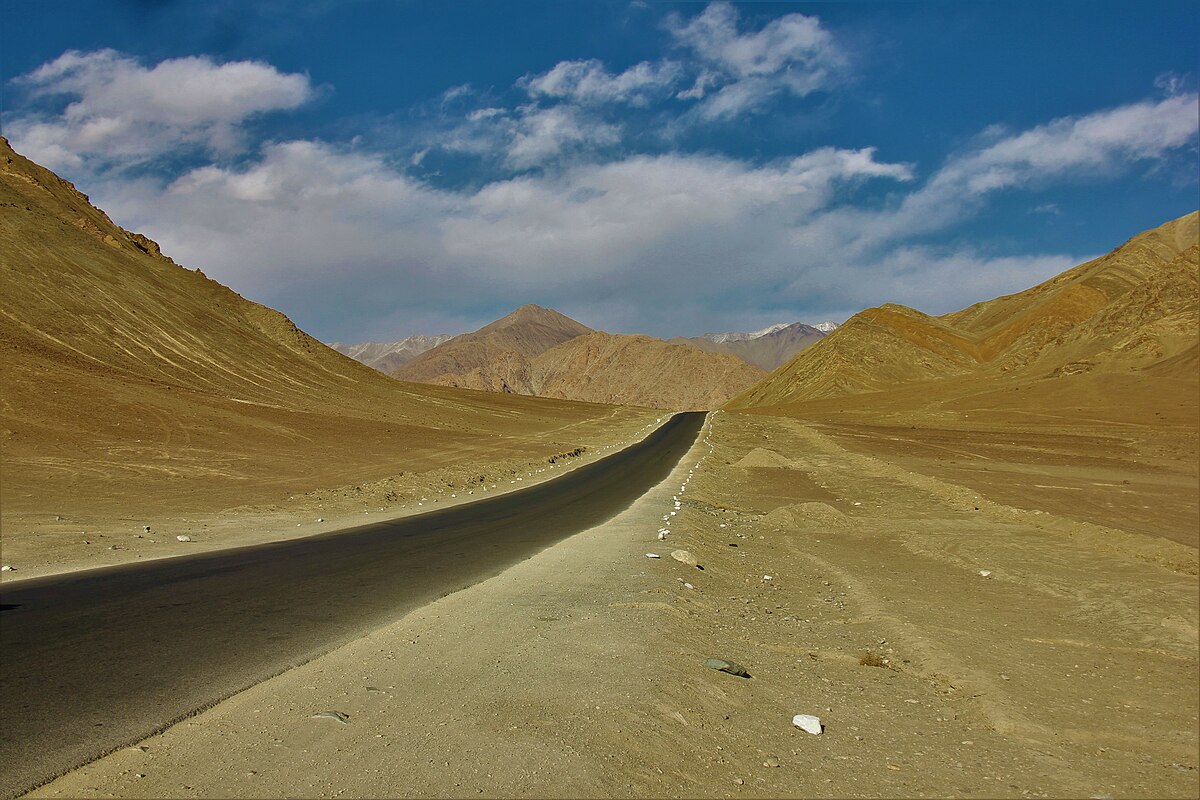
Magnetic Hill
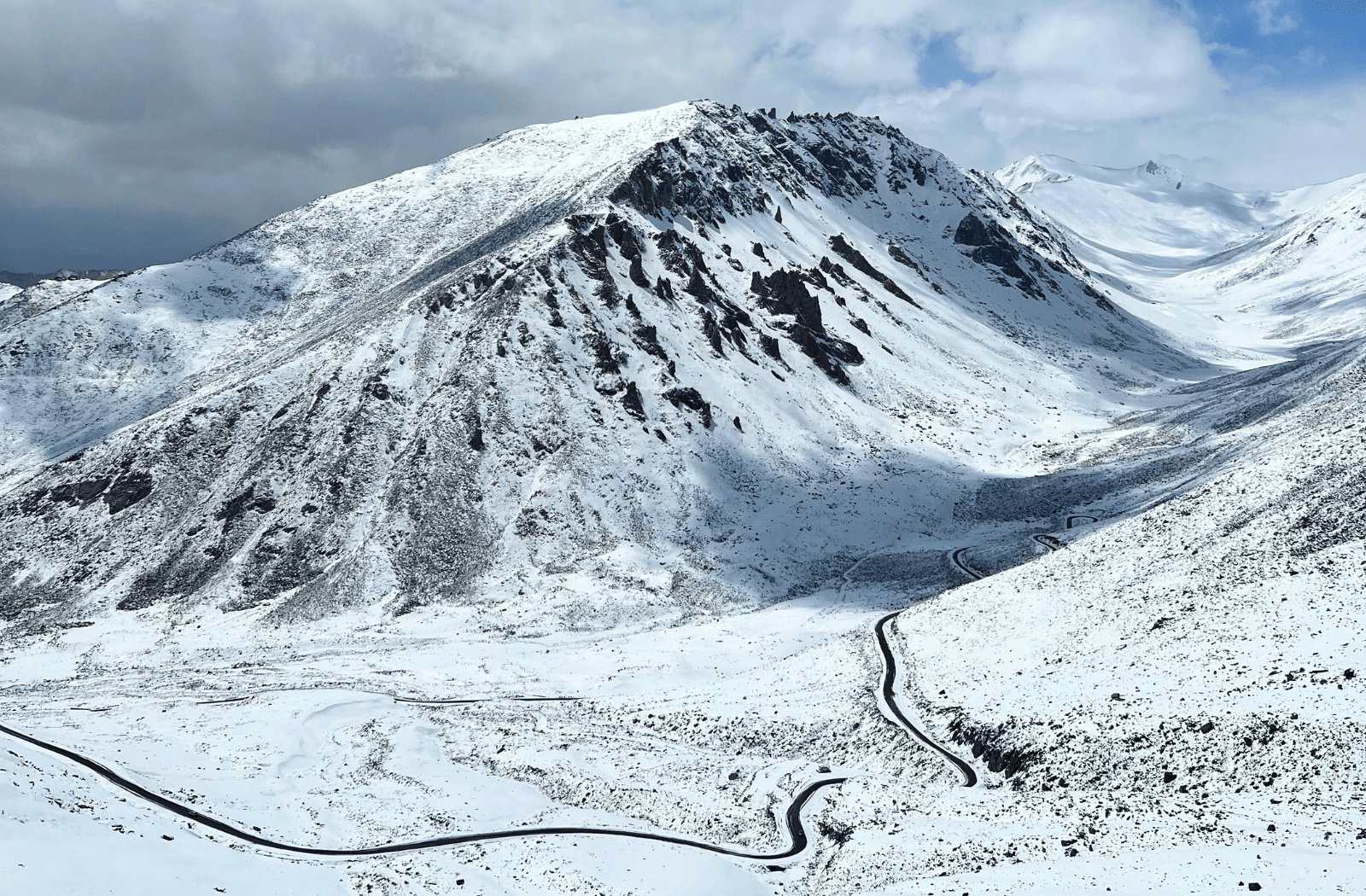
Khardung La Pass
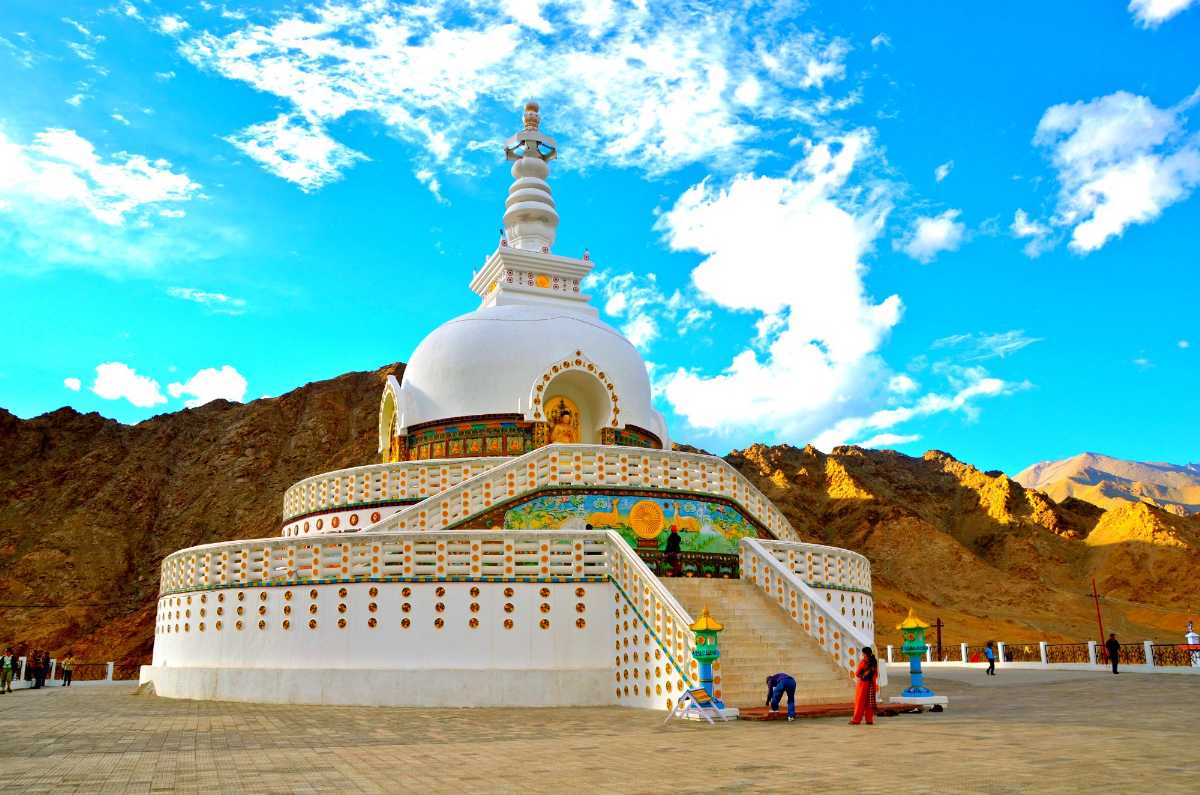
Shanti Stupa
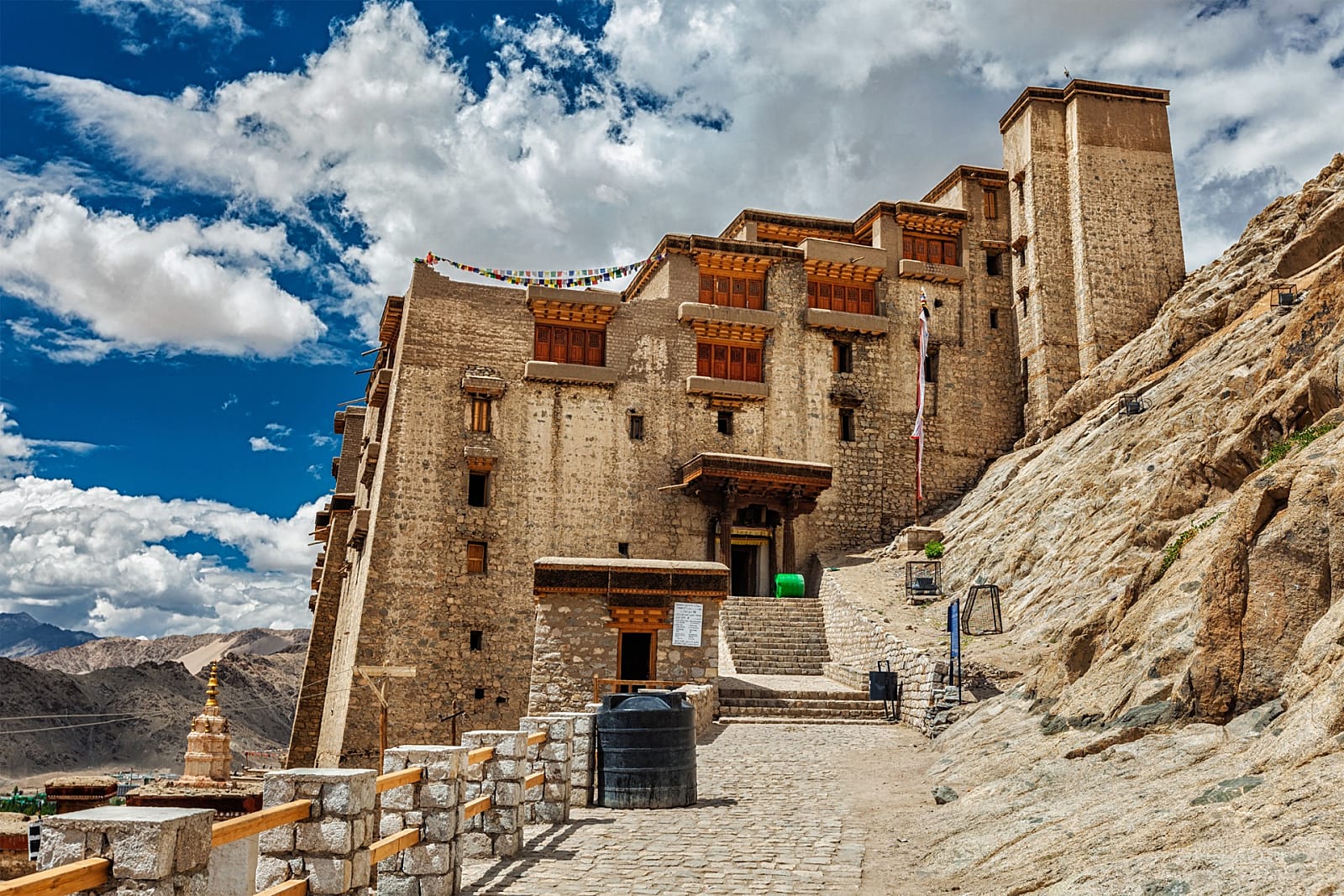
Leh Palace
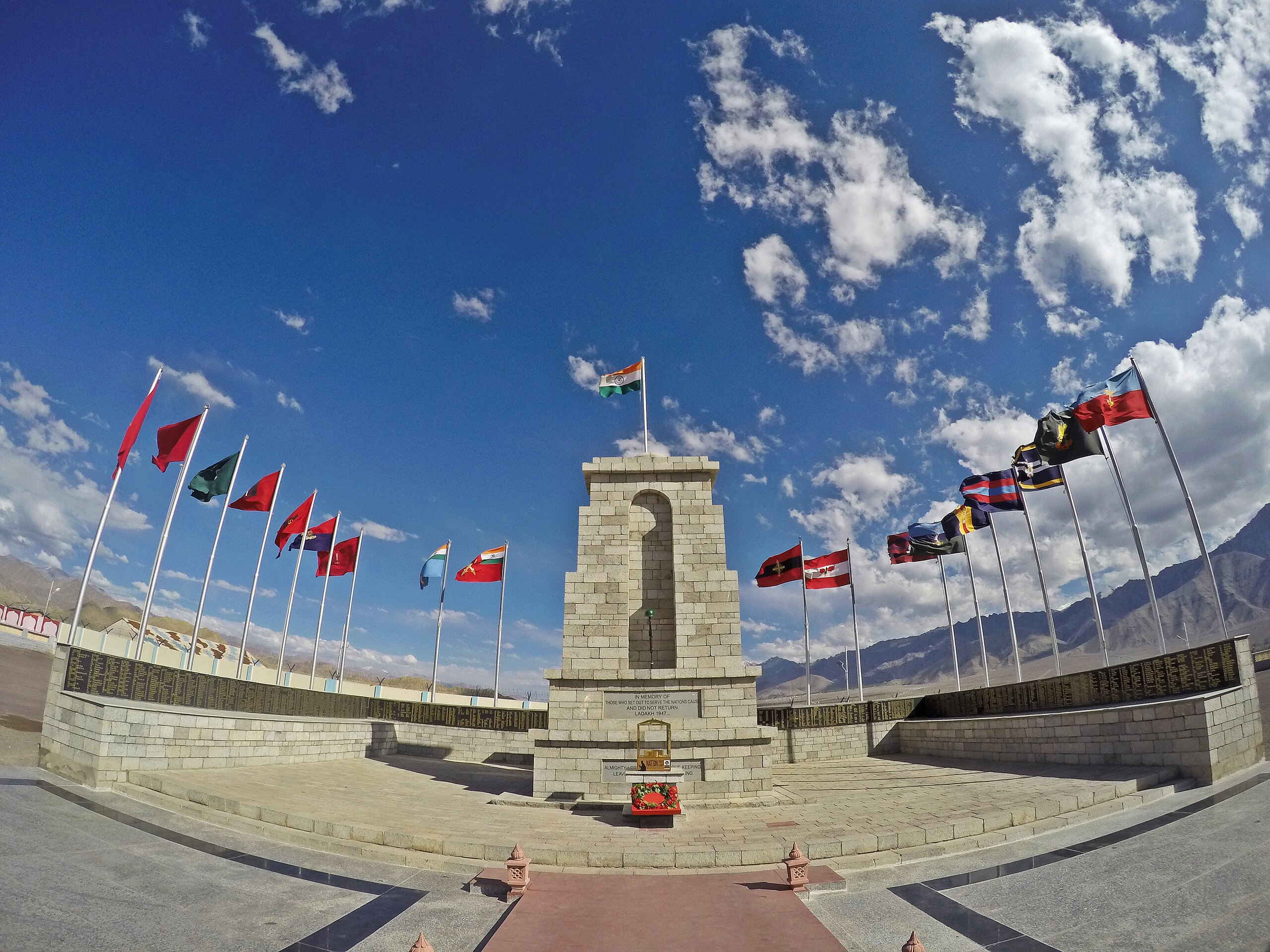
Hall of Fame Museum
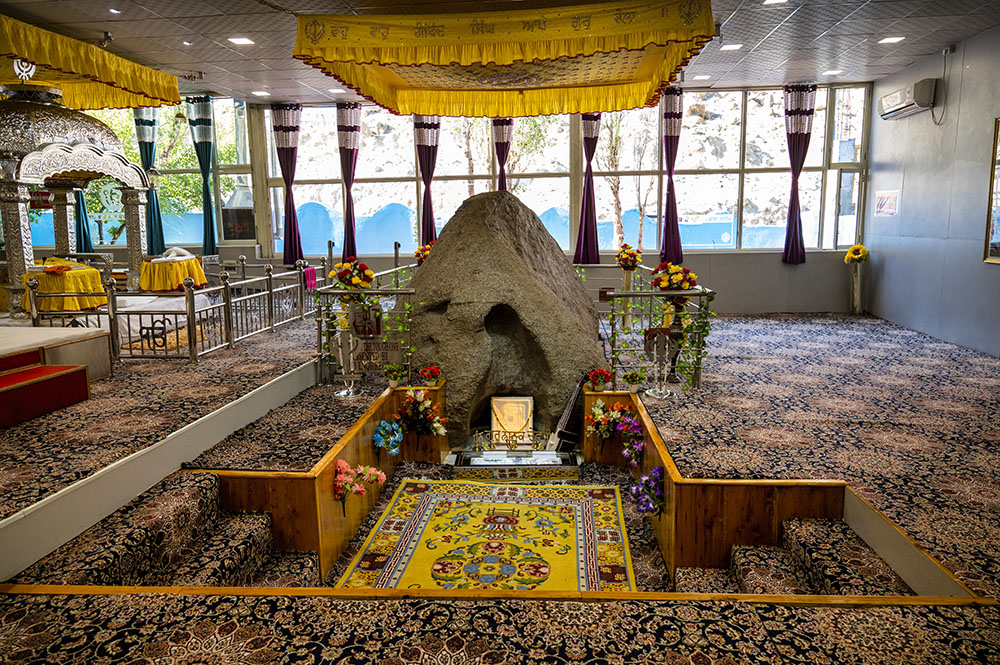
Gurdwara Pathar Sahib
NUBRA VALLEY
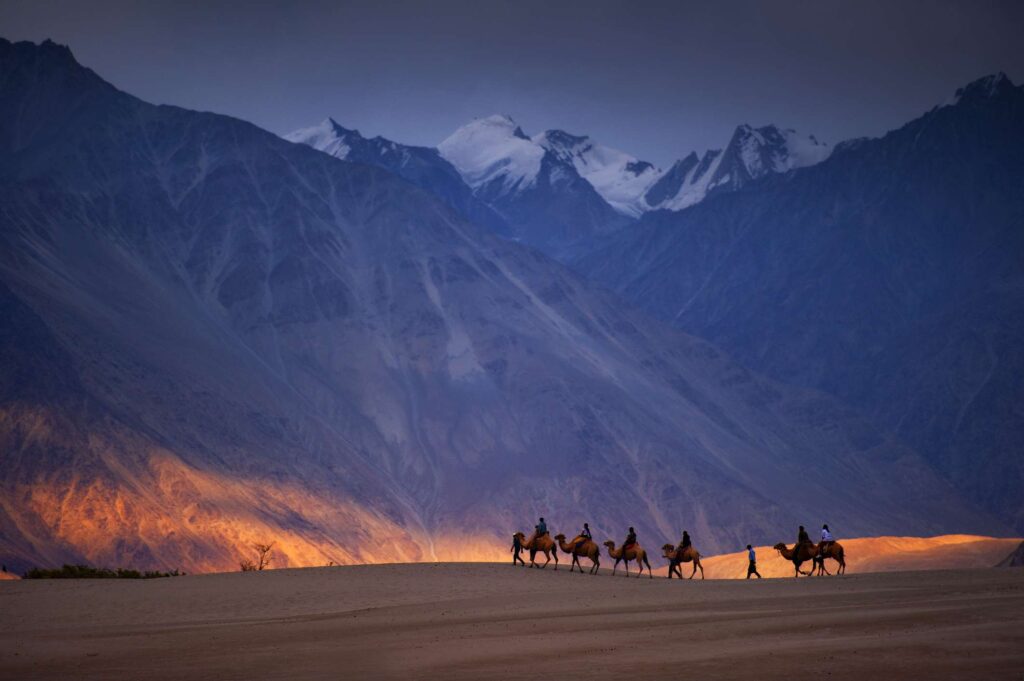
Weather: Cold desert climate for most part of the year. Summers are warm.
Elevation:3084m
Total Population: 22,443
Local Language: Nubra Skat
When to visit Nubra?
With warmer days and clearer skies, it’s advisable to visit Nubra Valley during summers. A trip during the winter season should be avoided unless you are looking for some snow clad adventures.
How to reach Nubra?
For frequent flyers, Leh airport will serve as the nearest airport (168 km). You can take a taxi or a bus from Leh to Nubra Valley.
Nubra Valley doesn’t have proper rail route connectivity but the nearest train station is Udhampur at 298 km.
What to eat?
Owing to the fact that Nubra Valley is not a major tourist destination, there are only a limited number of options for restaurants. You can enjoy local dishes like Thukpa and momos.
Places to visit in Nubra

Diskit Monastery
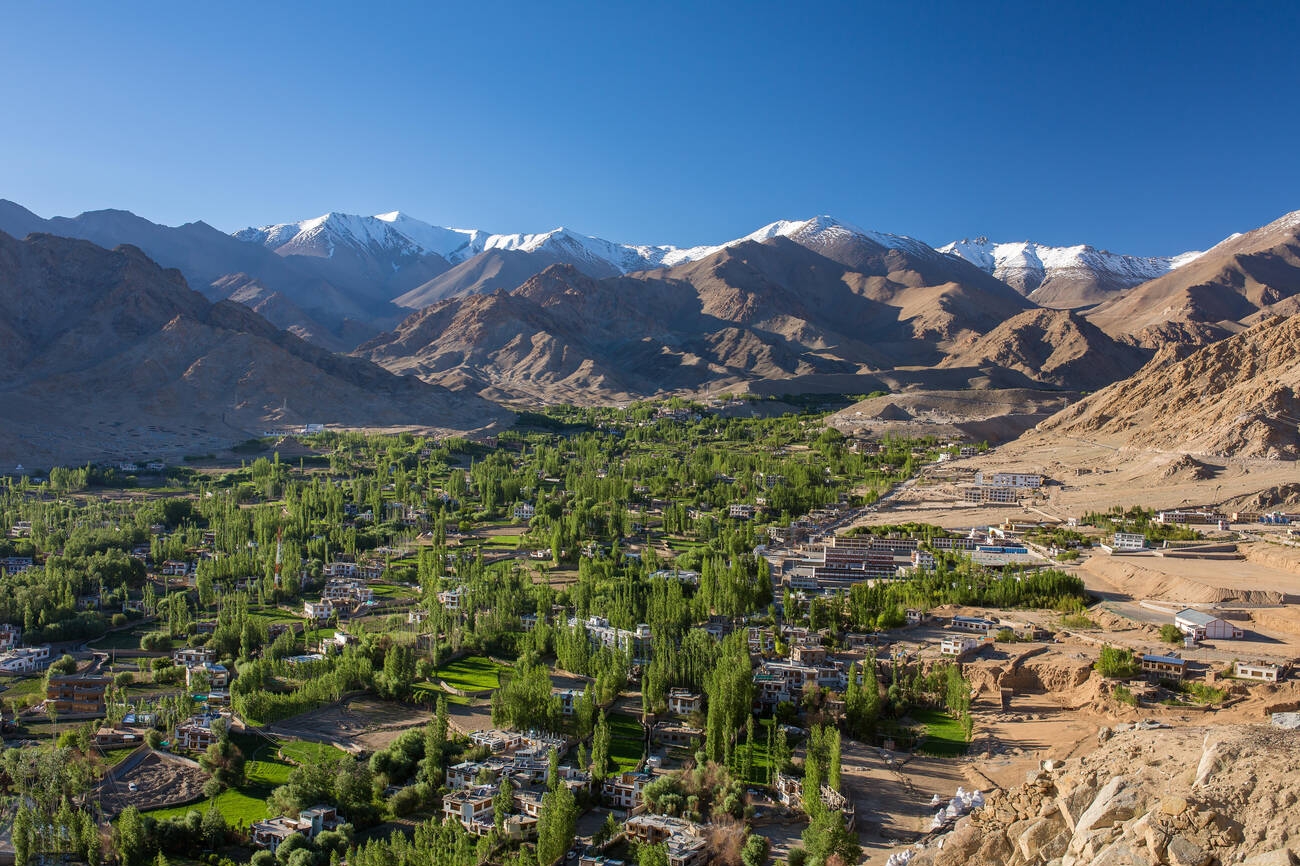
Panamik Village
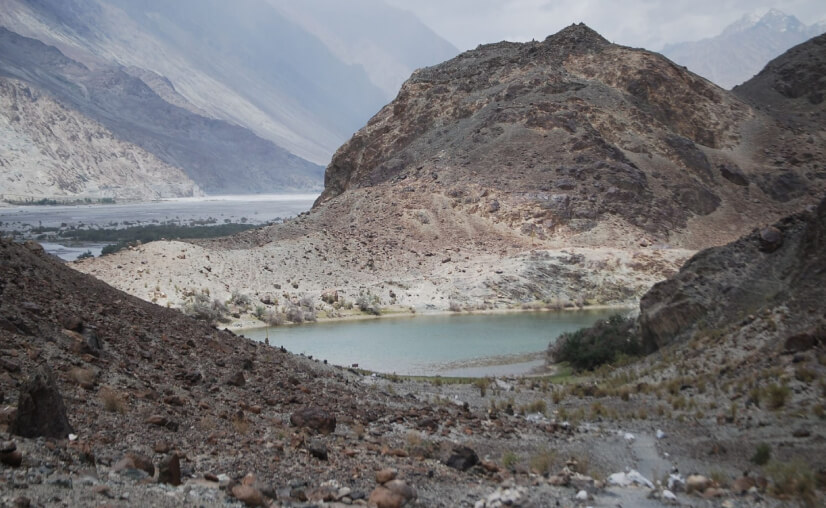
Yarab Tso
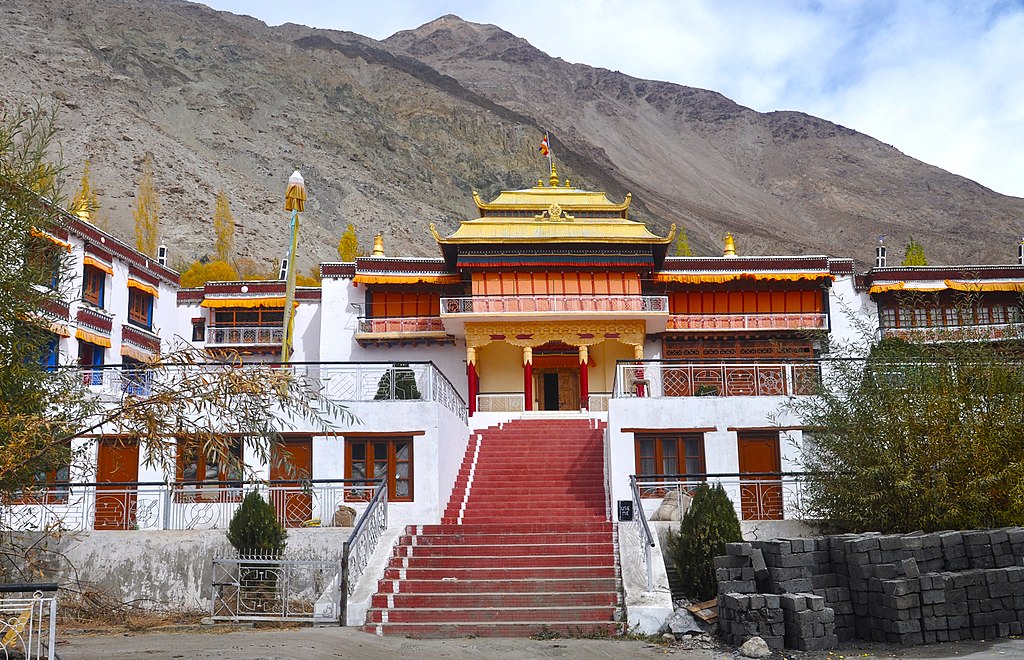
Samstanling Monastery
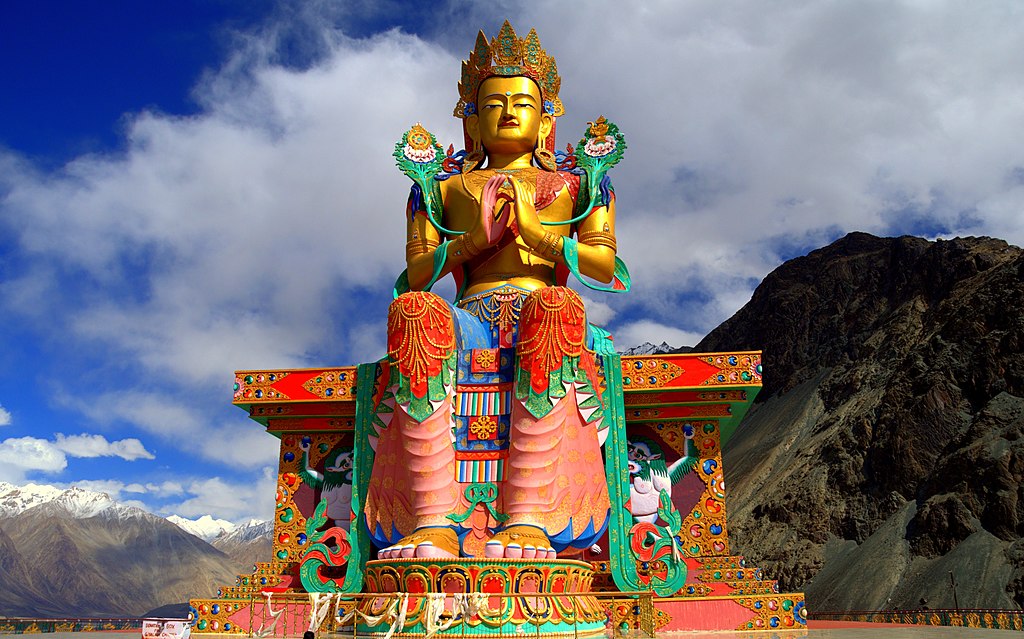
Maitreya Buddha

Got a Question?
Our Destination expert will be happy to help you resolve your queries for this Destination.
10:30 AM – 8:00 PM (Mon to Sat)
Email:- [email protected]
Must Know Before You Visit Ladakh
- Carry a good amount of cash with you
- Get a postpaid connection for your trip
- Always book an early flight
- Take a day’s rest after reaching Ladakh
- Stick to local food
- Always tip at restaurants and your cab drivers
- It is to be noted that the camps at Sarchu will be shut down during winters owing to the heavy snowfall.
- Photography inside the monasteries and temples is strictly prohibited.














